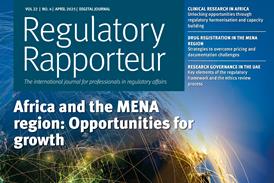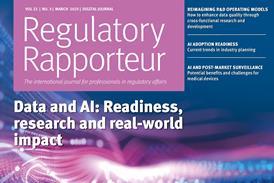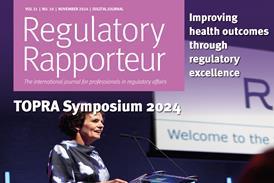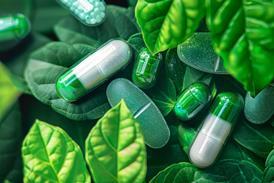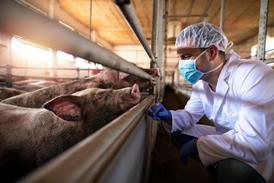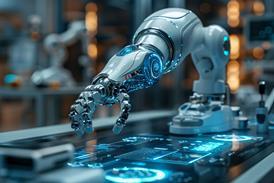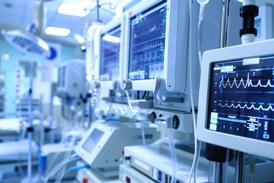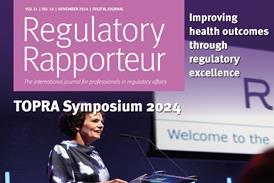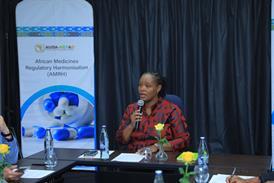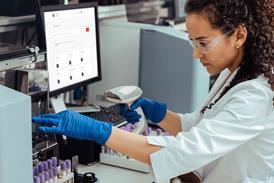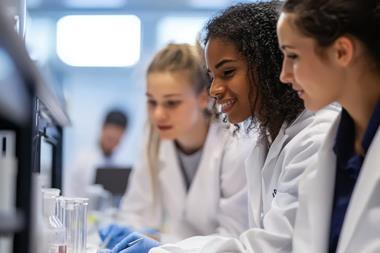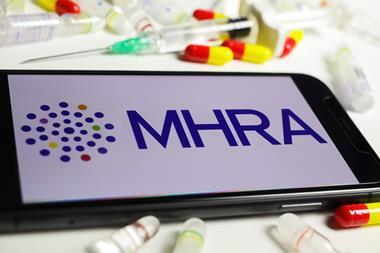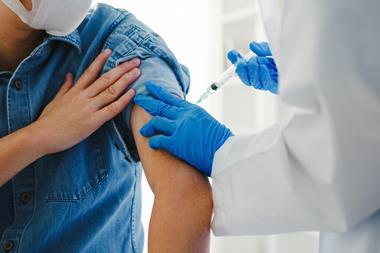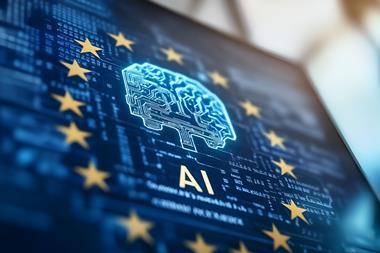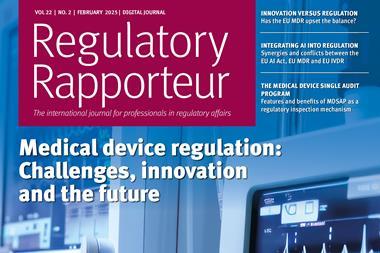
Artificial intelligence (AI) machine learning algorithms have been used in a study to identify candidate compounds for investigation as potential new antibiotics. The study authors say it marks a significant advance in the use of AI in research to counter the threat of rising levels of antibiotic resistance.
The research, published in the journal Cell, reports the findings of the study which used an algorithm to: “mine the entirety of the microbial diversity that we have on earth – or a huge representation of that – and find almost one million new molecules encoded or hidden within all that microbial dark matter,” said César de la Fuente, an author of the study and assistant professor at the University of Pennsylvania. De la Fuente directs the Machine Biology Group, whose work uses the power of machines to accelerate discoveries in biology and medicine.
The traditional scientific method to find molecules would collect water and soil samples to identify candidate compounds but this is very time consuming.
“With an algorithm, we can sort through vast amounts of information, and it just speeds up the process,” de la Fuente said.
The research contributes to tackling an urgent public health issue because antimicrobial resistance was attributed to more than 1.2 million deaths in 2019, according to the World Health Organization (WHO). The health body has also said that this number will increase and could reach 10 million deaths annually by 2050.
Antibiotic resistance is an increasing concern because of the overuse of antimicrobials (and their misuse) in both humans and animals, according to the WHO.
“We have been able to just accelerate the discovery of antibiotics,” De la Fuente said, “so instead of having to wait five or six years to come up with one candidate a computer can come up with many thousands in just a few hours.”
Publicly available genomic databases were collated to check for sequences of DNA that exhibit antimicrobial properties. The AI’s predictions were confirmed by creating the machine learning ‘discovered’ in a laboratory. These were then tested them to discover if bacteria were actually killed, including: “some of the [world’s] most dangerous pathogens,” the authors said.
Of the nearly one million molecules discovered, 79% could kill at least one microbe and so could be developed as a novel antibiotic.
The authors of the study have made both their data and machine learning code available as open source access, “with the goal of advancing science and benefiting humanity,” said De La Fuente.


